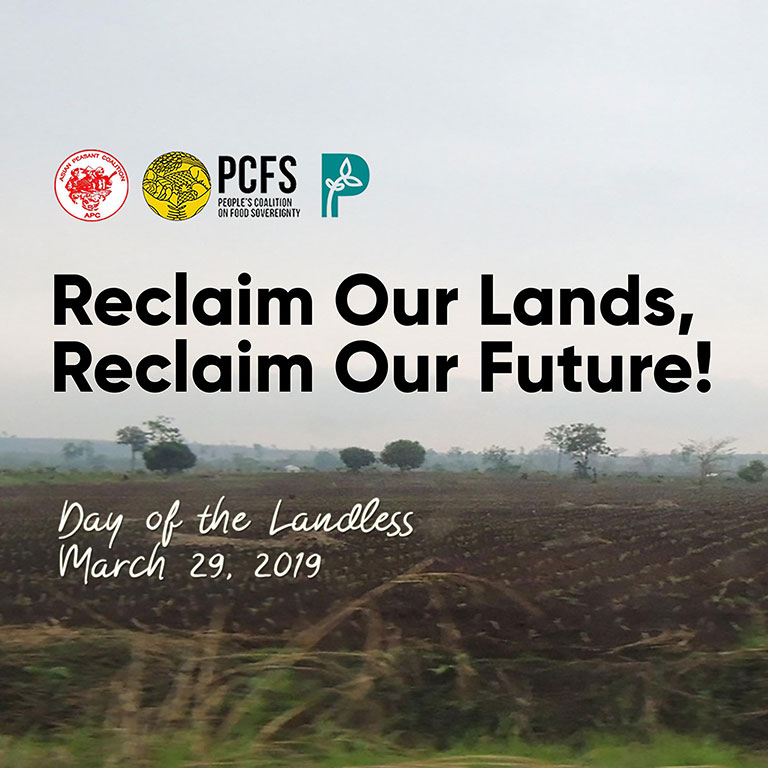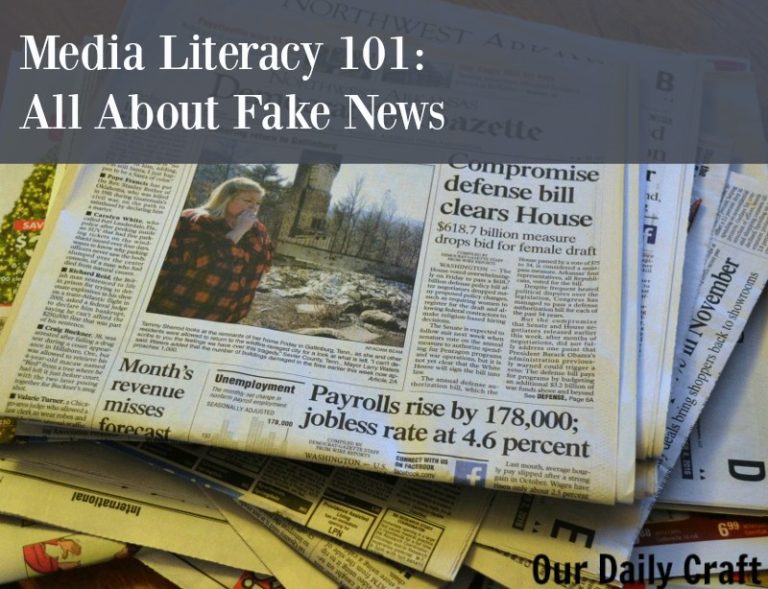

MAGA’s Guide to Winning Back Your Community: A Roadmap for Reclaiming Local Influence
The phrase “Make America Great Again” resonated deeply with millions, sparking a powerful movement focused on revitalizing communities and restoring American values. But the fight for local influence is a marathon, not a sprint. This guide offers a pragmatic, multi-faceted approach for MAGA supporters to effectively engage with their communities, build bridges, and achieve lasting positive change.
I. Understanding the Landscape: Identifying Local Challenges and Opportunities
Before strategizing, a thorough understanding of your community’s specific needs is paramount. This involves more than just identifying problems; it requires empathetic listening and a genuine desire to understand diverse perspectives.
- Data-Driven Diagnosis: Leverage publicly available data (census reports, crime statistics, school performance metrics) to pinpoint areas needing improvement. Supplement this with grassroots surveys and informal community conversations. Focus on tangible issues like infrastructure, education, and economic opportunity.
| Issue | Potential MAGA Approach |
|---|---|
| Failing Schools | Advocate for school choice, parental involvement, and vocational training. |
| High Crime Rates | Support law enforcement, promote community policing, and advocate for stricter sentencing. |
| Economic Stagnation | Promote local businesses, attract new industries, and advocate for policies that foster job creation. |
II. Building Bridges: Fostering Collaboration and Inclusivity
Winning back your community isn’t about imposing a vision; it’s about building consensus. This requires actively engaging with diverse groups, acknowledging differing viewpoints, and finding common ground.
-
Targeted Outreach: Identify key community leaders and organizations. Engage in respectful dialogue, demonstrating a willingness to listen and learn. This includes reaching out to groups who may not traditionally align with the MAGA movement.
-
Community Events: Organize events that foster unity and celebrate local heritage. Think town halls, neighborhood cleanups, family-friendly festivals, and skill-sharing workshops. These events should be inclusive and welcoming to all.
III. Effective Communication: Spreading the Message and Building Trust
Effective communication is crucial for building support and mobilizing action. This requires more than just repeating talking points; it demands genuine engagement and transparency.
-
Local Media Engagement: Don’t shy away from local newspapers, radio stations, and community newsletters. Offer insightful commentary and constructive solutions to community challenges.
-
Social Media Strategy: Utilize social media platforms not just to broadcast messages, but to engage in two-way conversations. Respond to comments, address concerns, and foster a sense of community online.
-
Transparency and Accountability: Be transparent about your goals, strategies, and the use of resources. This builds trust and demonstrates a commitment to responsible leadership.
IV. Actionable Strategies: Implementing Positive Change
Winning back your community requires tangible action. Focus on initiatives that deliver real, measurable results.
-
Local Advocacy: Engage in local government and participate in town hall meetings. Advocate for policies that directly address community needs.
-
Volunteerism and Community Service: Roll up your sleeves and participate in local service projects. This demonstrates commitment and builds goodwill.
-
Mentorship and Skills Development: Invest in the next generation by mentoring young people and offering skill-building opportunities.
V. Measuring Success: Assessing Impact and Adapting Strategies
Regularly assess the impact of your efforts. What’s working? What needs improvement? Adjust your strategies based on data and community feedback.
-
Track Key Metrics: Monitor changes in crime rates, school performance, economic indicators, and community engagement levels.
-
Solicit Feedback: Regularly survey community members to gauge satisfaction and identify areas for improvement.
-
Adapt and Refine: Be willing to adjust your strategies based on the data and feedback received. Flexibility and adaptability are crucial for long-term success.
Winning back your community is a long-term commitment requiring dedication, perseverance, and a genuine desire to serve. By implementing the strategies outlined in this guide, MAGA supporters can play a vital role in revitalizing their communities and shaping a brighter future for all.

Additional Information
A Deeper Dive into “MAGA’s Guide to Winning Back Your Community”: An Analytical Perspective
The hypothetical “MAGA’s Guide to Winning Back Your Community” (assuming its existence and content focuses on regaining support from disaffected communities) likely employs a multifaceted strategy rooted in appealing to specific anxieties and aspirations within targeted demographics. A critical analysis reveals several key components and their potential effectiveness, alongside inherent limitations.
1. Economic Anxiety as a Central Theme: The guide likely emphasizes economic hardship, job losses, and the perceived failure of existing political structures to address these issues. This resonates with communities experiencing deindustrialization, declining wages, or limited access to opportunities.
- Analysis: This approach leverages populist sentiment by framing economic problems as a result of external forces (e.g., globalization, immigration) and promising solutions through protectionist policies, deregulation, or increased domestic manufacturing. The effectiveness hinges on the credibility of these proposed solutions and the ability to demonstrate tangible benefits. However, simplistic solutions might overlook complex economic realities and fail to address underlying systemic issues.
- Example: The guide might cite specific statistics on job losses in a particular region and attribute them to trade deals, thereby framing the issue as a direct consequence of existing policies and promoting a return to “America First” principles.
2. Cultural Grievances and Identity Politics: The guide likely taps into feelings of cultural displacement and resentment towards perceived threats to traditional values. This often involves highlighting issues related to immigration, crime, and social change.
- Analysis: This approach relies heavily on identity politics, creating an “us vs. them” narrative that can be highly divisive. While effective in mobilizing a core base, it risks alienating moderate voters and exacerbating social polarization. The effectiveness depends on the ability to frame the “threat” in a way that resonates without resorting to harmful stereotypes or misinformation.
- Example: The guide might focus on narratives surrounding perceived threats to local traditions, highlighting crime rates or changes in demographics as evidence of cultural erosion and the need for stronger borders and law enforcement.
3. Emphasis on Localism and Community Building: The guide might promote initiatives focused on strengthening local communities through enhanced infrastructure, support for small businesses, and increased civic engagement.
- Analysis: This strategy attempts to bridge the gap between national-level rhetoric and the lived experiences of individuals. By focusing on concrete, tangible improvements within the community, it aims to demonstrate the positive consequences of supporting the movement. However, the success relies heavily on the actual implementation of these local initiatives and the capacity to deliver on promises.
- Example: The guide could promote investment in local schools, improved infrastructure, or initiatives aimed at attracting new businesses, thereby demonstrating a practical approach to improving the community’s well-being.
4. Information Control and Counter-Narrative: The guide might actively promote a particular version of reality, countering mainstream media narratives and utilizing social media for disseminating information and mobilizing support.
- Analysis: This is a crucial element, reflecting the broader trend of political polarization and the rise of alternative information sources. However, it risks spreading misinformation and deepening the divide between different groups. Fact-checking and critical media literacy are crucial for countering the influence of such strategies.
- Example: The guide might actively promote alternative news sources and social media platforms that reinforce its message, while simultaneously discrediting mainstream media outlets as biased or untrustworthy.
Limitations and Potential Pitfalls:
- Oversimplification of Complex Issues: The guide may present overly simplistic solutions to complex societal problems, leading to disillusionment and lack of sustainable progress.
- Exclusionary Rhetoric: The emphasis on certain identity groups might alienate others, hindering broader community building efforts.
- Lack of Inclusivity: The strategies might not cater to the diverse needs and perspectives within the community, potentially deepening existing divisions.
- Susceptibility to Misinformation: The reliance on selective information and alternative narratives makes the approach vulnerable to the spread of false or misleading claims.
Conclusion:
Analyzing “MAGA’s Guide to Winning Back Your Community” requires a nuanced understanding of its underlying strategies and their potential impacts. While it may successfully mobilize support through appeals to economic anxieties and cultural grievances, its long-term effectiveness hinges on the credibility of its proposed solutions, its ability to foster inclusive community building, and its resistance to the spread of misinformation. A critical assessment of its methodologies is essential to understanding its broader implications for political discourse and societal cohesion.




